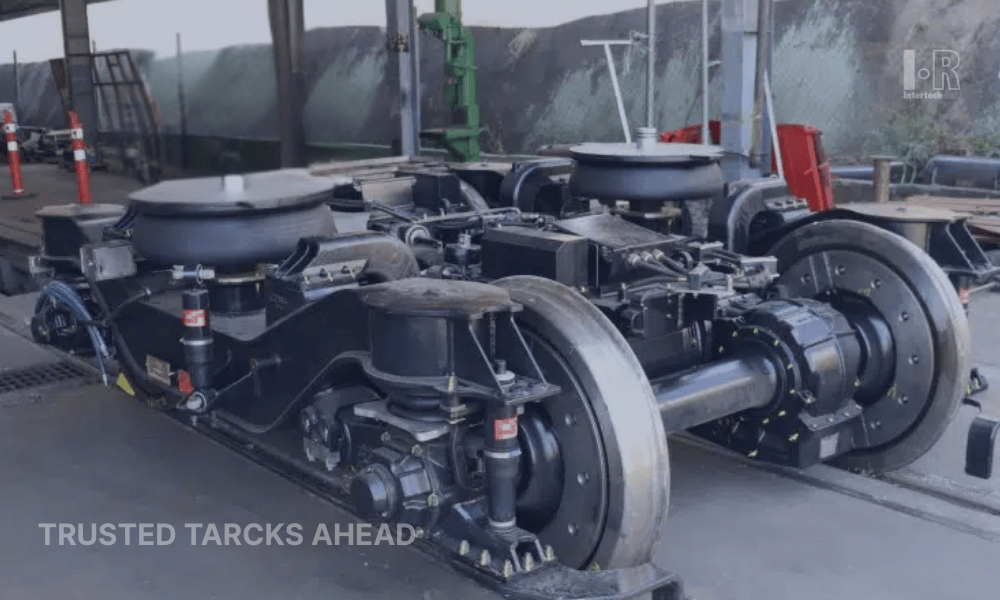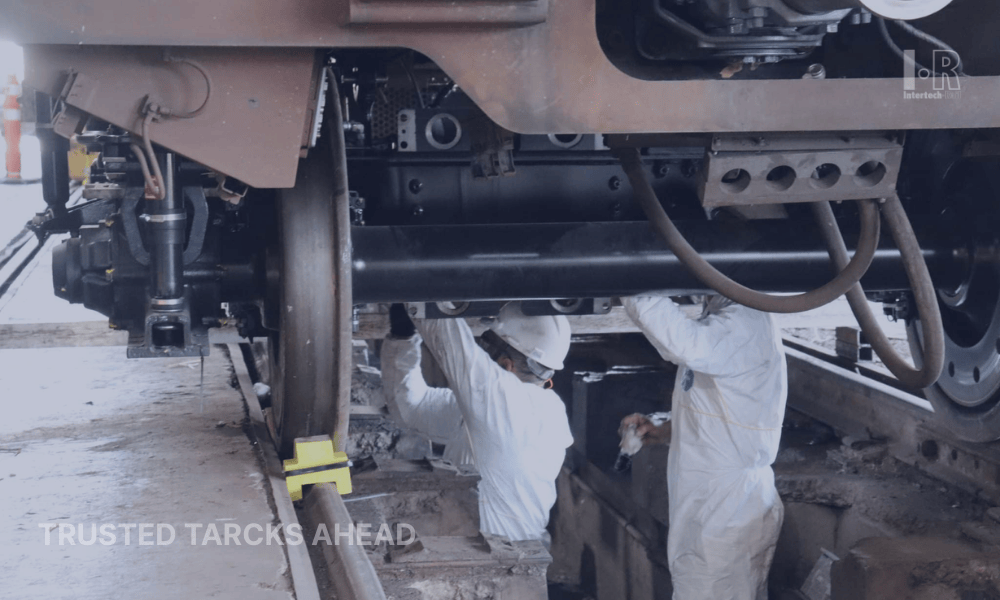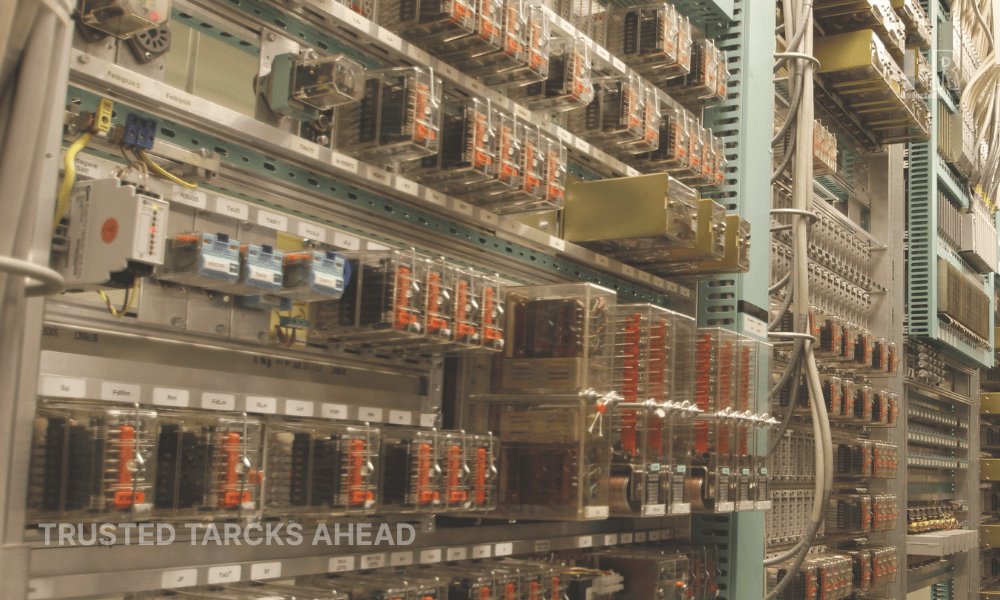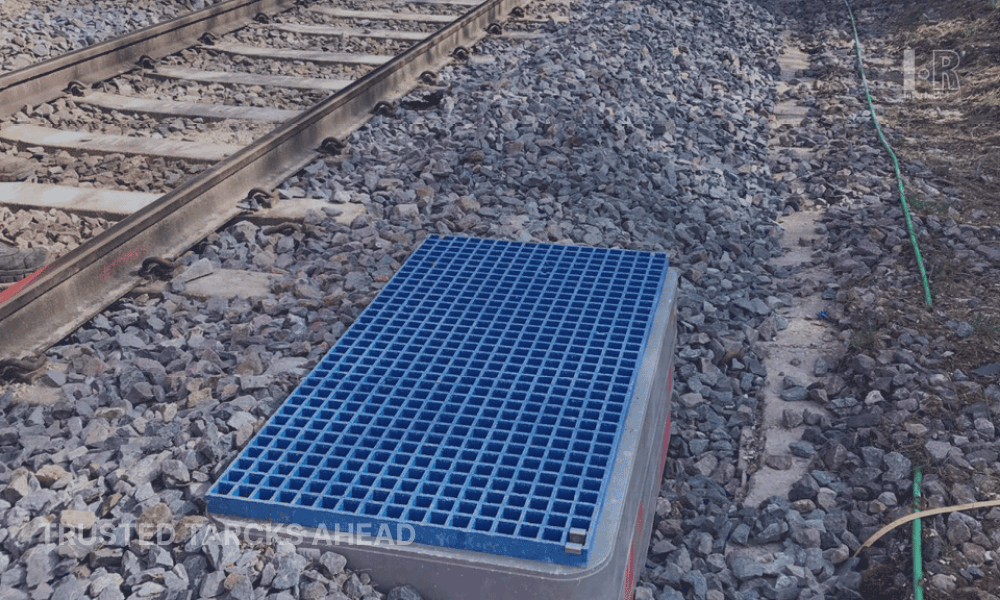Railway Bearing Maintenance
Railway Bearing Maintenance: Advanced Lubrication Techniques and Condition Monitoring for Rolling Stock

Fundamentals of Railway Bearing Systems
Anyone who has worked with rolling stock
knows that bearings are both simple and unforgiving. They look like small parts in a massive machine, but the train will not move an inch without them. A bearing carries weight, takes vibration, and faces heat and dust every single day. When one fails, the problem rarely stays local; it spreads, sometimes to the whole axlebox, and in the worst cases, to the wheelset itself. That is why railway bearing maintenance
has become one of the most debated topics in workshops and technical meetings.
Bearing Failure Modes and Root Causes
Failures never happen out of nowhere. In my own experience, the most common causes are poor lubrication, dirty environments, and fatigue cracks that develop slowly until they finally break through. Overheating is another silent killer. Engineers often discover too late that a single bearing failure can shut down an entire consist. Continuous condition monitoring makes a difference here because it tells you what is happening in real time instead of leaving you blind between service intervals.
Advanced Lubrication Management
Lubrication is not glamorous, but it is where reliability begins. A well-designed lubrication management plan looks at what grease you use, how compatible it is with existing products, and how often it reaches the raceways. Old-school crews still rely on fixed schedules. More advanced operators have moved toward advanced lubrication techniques and the use of automatic lubrication systems. The advantage is obvious: grease is delivered in small, controlled doses, not left to chance or human forgetfulness.
Condition-Based Maintenance Approaches
The shift to condition-based maintenance is not only a trend; it is a necessity. Replacing components “just in case” is expensive. Waiting for them to fail is worse. Techniques such as vibration analysis, temperature checks, and even acoustic signals have shown that you can predict trouble well before it becomes critical. In practice, this means one more trip completed safely instead of one train stopped on the line.
Predictive Maintenance Technologies
Looking ahead, fleets are relying more and more on predictive maintenance technologies. Sensors installed directly on the bearings or axleboxes
generate constant streams of data. Analytics flag anomalies: a spike in temperature, a resonance that was not there before, or grease consumption that does not follow expected patterns. It is not perfect science, but it gives engineers time to plan rather than react. For an operator, that difference translates into fewer cancellations, smoother schedules, and longer component life.
In the end, railway bearing maintenance is about respecting small parts that carry huge responsibilities. Mix advanced lubrication techniques with condition monitoring and predictive maintenance technologies, and you get a program that protects assets and passengers. Bearings may not attract attention like locomotives or signaling systems, but ignore them, and the whole operation pays the price.





